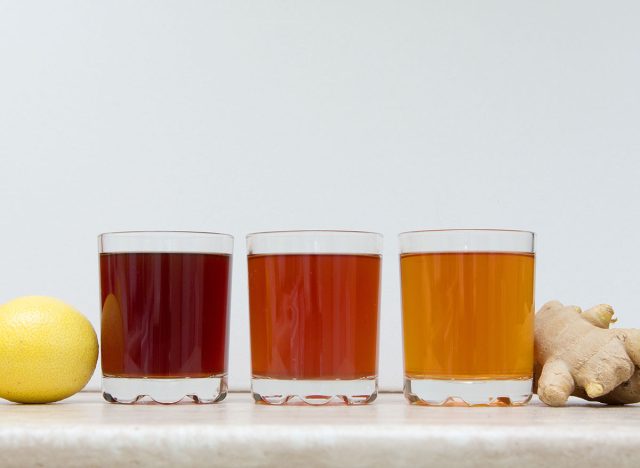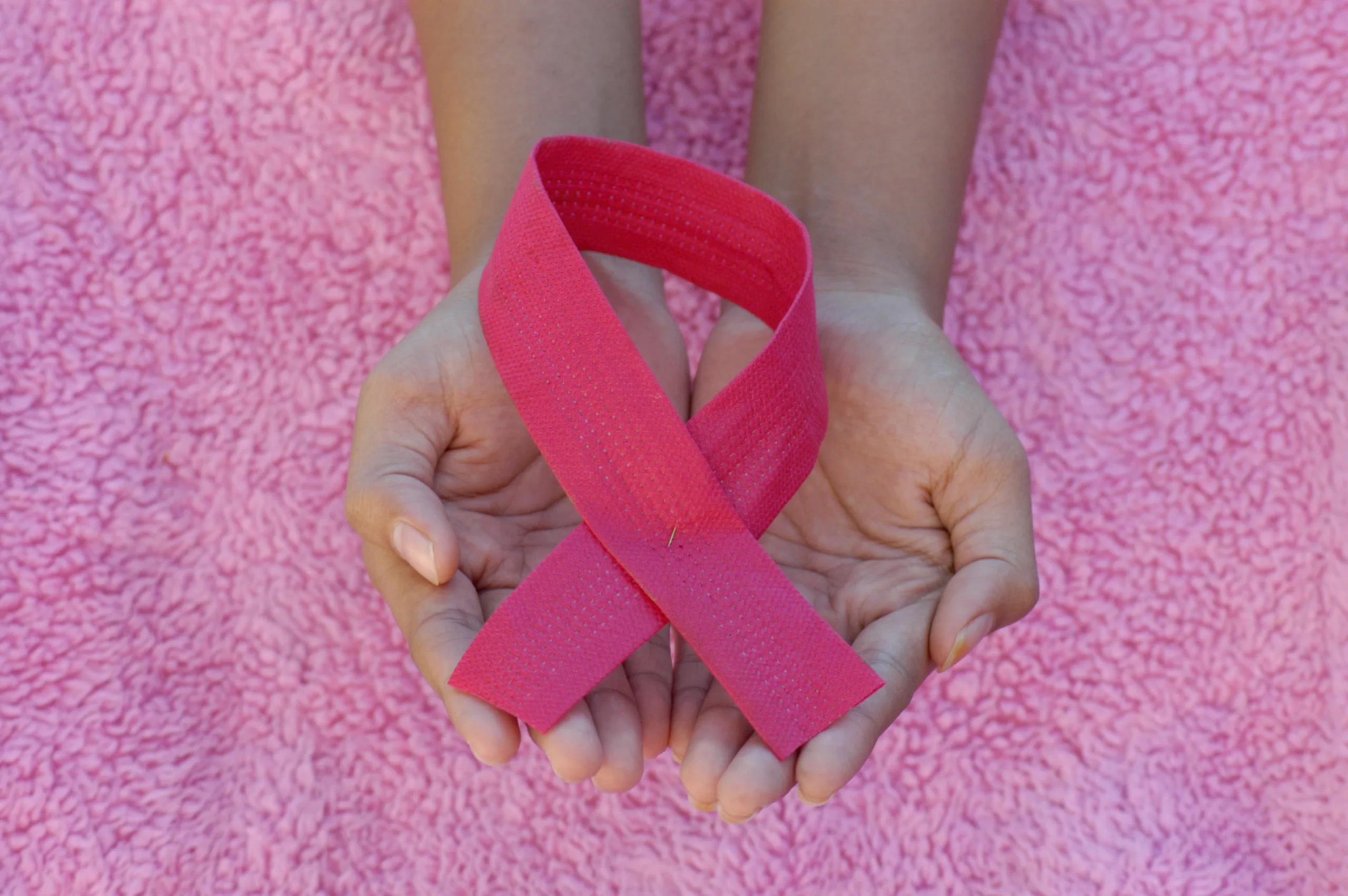Kombucha has quickly risen to fame in the world of trendy beverages, transforming from merely a drink to an entire lifestyle for many. For those yet to indulge in this health-centric fermented drink aiming to enhance their gut health, it’s time to grab a bottle, settle down, and dive into my personal journey of consuming kombucha daily for an entire month. Stay tuned for the full scoop, and don’t miss out on reading about my experience testing three different pairs of Brooks Running Shoes, where one pair clearly stood out.
What exactly is kombucha?

This beverage is essentially a chilled tea concoction, prepared with sugar, tea, yeast, and bacteria as outlined by the Mayo Clinic. The process involves cultivating yeast and bacteria together to form a “culture.” This culture is then mixed with tea and sugar, allowing it to ferment over time. The end result is a drink rich in B vitamins, vinegar, and amino acids.
What makes kombucha a beloved choice for many is its content of probiotics. According to Amy Shapiro, MS, RD, CDN – the founder and director of Real Nutrition in New York City, “Kombucha, being a fermented food/drink, is full of healthy bacteria that can bolster gut health and enhance overall wellbeing throughout the body.”
Because kombucha is typically made with black or green tea, it’s also chock-full of antioxidants, which are essential for fighting inflammation and promoting overall better health. As if this drink couldn’t get any more impressive, kombucha helps to improve your cholesterol levels, manage blood sugar, and assist with the metabolism of carbs. “It is a great alternative to other beverages that are often higher in sugar and processed ingredients,” Shapiro adds.
My kombucha experience:

I spent 30 days alternating between two brands of kombucha—Health-Ade and Remedy—and drank approximately eight to 16 ounces per day in the morning. These were the things that I noticed:
1. I reduced my bloating and realized it’s all about finding the right balance.
I naturally have a super sensitive stomach that’s prone to bloating. Kombucha made me feel extra bloated when I started drinking it. I didn’t know if this was something to be concerned about but learned that it’s actually quite common if you drink more than you should. Because kombucha is a carbonated beverage, it has carbon dioxide gas bubbles, which can result in bloating.
I started my test period drinking up to 16 ounces of kombucha per day, but as I experienced increased bloating over the first week, I cut back my consumption to eight ounces per day by the end of week one and continued with eight ounces for the remainder. This daily amount helped reduce my bloating quite a bit, and my stomach happily adjusted. (After all, probiotics and fermented foods/beverages help alleviate bloating, and I wanted this benefit!) I feel that once I established the right amount of kombucha for my body, it did all of the good things I wanted it to do. However, the right amount may vary for each individual.
2. I felt a bit more energized.
Waking up in the morning and feeling energized throughout the day has always been challenging for me, which is why I chose to drink kombucha in the a.m. Although nothing will replace my first cup of black or green tea first thing upon waking, I enjoyed this ultra-refreshing treat and extra energy boost around 10 or 11 a.m. Interestingly, Health-Ade Kombucha contains between five to 15 milligrams of caffeine in each serving, which is comparable to one cup of decaffeinated coffee.
3. I feel my gut health improved.
Both mentally and physically, I feel like my overall gut health improved, which is major since a healthy gut is a key player on my self-care priority list. Kombucha kept my system very regular (which is typically an issue for me). Because it’s chock-full of probiotics and goodness, the beverage also mentally made me feel that I was consuming something incredibly nutritious on the regular (similar to taking daily vitamins).
Overall, I think kombucha is a quick and seamless addition to my lifestyle, and it only improves it. I drink tea for my morning caffeine fix, exercise, eat healthy, take multivitamins and supplements, and have now added kombucha to my daily routine.
Frequently Asked Questions (FAQs) About a 30-Day Kombucha Experiment
1. What is kombucha, and how is it made?
Kombucha is a fermented drink made from sweetened tea (usually black or green) and a specific culture known as a SCOBY (Symbiotic Colony Of Bacteria and Yeast). The fermentation process takes about 7 to 12 days, depending on the temperature and the strength of the SCOBY. During fermentation, the bacteria and yeast in the SCOBY break down the tea’s sugars, converting them into alcohol, carbon dioxide, and acetic acid, giving kombucha its distinctive fizzy, tangy flavor.
2. What were the three significant benefits observed during the 30-day kombucha experiment?
- Improved Digestion: The presence of probiotics in kombucha can help balance the gut microbiome, leading to better digestive health and possibly even relieving some digestive issues.
- Increased Energy Levels: Kombucha contains small amounts of caffeine and may also improve metabolism due to its B vitamins content, which can result in higher energy levels.
- Enhanced Immune System: The antioxidants and beneficial bacteria found in kombucha support the immune system, potentially reducing the risk of infections.
3. Is it safe to drink kombucha every day?
For most people, drinking kombucha every day is safe. However, because it contains small amounts of alcohol and caffeine, anyone pregnant, breastfeeding, or sensitive to these substances should exercise caution. Additionally, those with compromised immune systems or those who are allergic to any of kombucha’s components should consult with a healthcare professional before incorporating it into their daily routine.
4. Can making kombucha at home be dangerous?
While home brewing kombucha is very popular, it’s important to follow proper sanitation and preparation methods closely. Incorrect methods can lead to contamination by harmful bacteria or mold. Using clean, sterilized equipment and following reliable recipes can help minimize these risks.
5. How much kombucha did you drink during the experiment, and when?
Throughout the 30-day experiment, I consumed about 8-12 ounces of kombucha daily, typically in the morning. This amount and timing seemed to maximize the benefits without causing any adverse effects such as an upset stomach, which can occur if consumed in larger quantities or on an empty stomach for some people.
6. Did you notice any negative side effects during the 30-day kombucha experiment?
Personally, I did not experience any negative side effects; however, it’s important to note that responses to kombucha can vary from person to person. Some may experience digestive upset or allergic reactions. Listening to your body and adjusting your intake accordingly is key.
7. Where can you buy kombucha, or how can you make it at home?
Kombucha is available in many health food stores, supermarkets, and even some cafes now offer it. For those interested in making kombucha at home, it requires tea, sugar, a SCOBY, and a starter of already made kombucha. Plenty of resources are available online for those looking to start brewing their own.
8. Are there different flavors of kombucha?
Yes, the flavor possibilities with kombucha are almost endless. Many store-bought options include a variety of fruit, herb, and spice infusions. When making it at home, you can experiment with adding your own flavorings during the second fermentation process. Some popular additions include berries, ginger, and citrus fruits.







1 comment
Comments are closed.